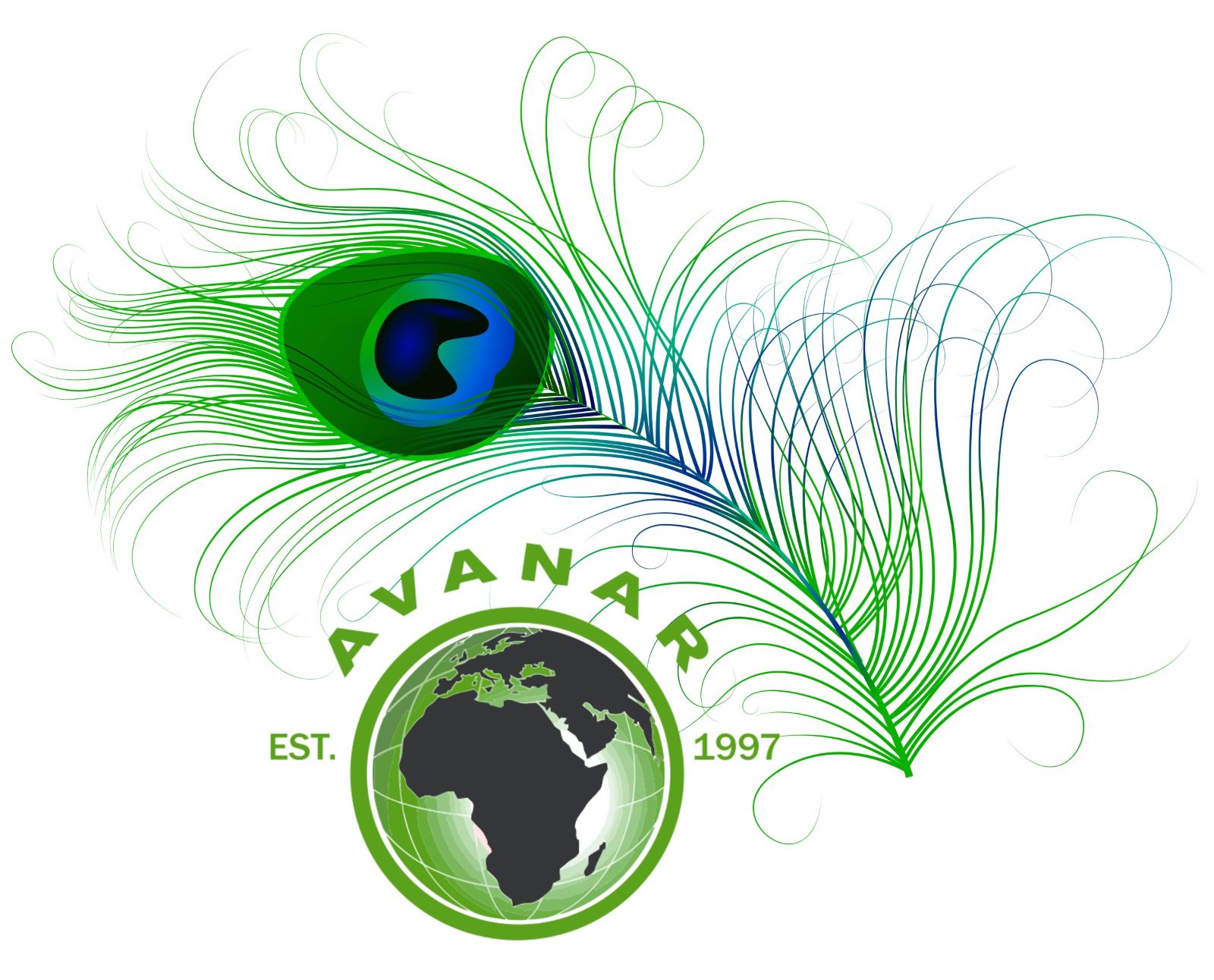Tala literally means a “clap, tapping one’s hand on one’s arm, a musical measure”
As I have continued this journey of exploring the bansuri I have been learning more about Indian music. It is becoming more and more important for me to completely understand and grasp its most basic elements. How it is put together and how does this contribute to my feeling and reaction to the melodies I hear. What parts of a composition make the hair on my neck stir and what or why does a sudden change in rhythm make my heart skip a beat?
A couple of weeks ago I wrote about the differences between Indian classical and Western classical music. The first and very basic difference I highlighted was that Western classical music is based on harmony and Indian classical is based on melody.
Wikipedia goes further to beautifully describe Indian classical music as having two foundational elements, raga and tala.
“The raga, based on swara (notes including microtones), forms the fabric of a melodic structure, while the tala measures the time cycle. The raga gives an artist a palette to build the melody from sounds, while the tala provides them with a creative framework for rhythmic improvisation using time. In Indian classical the space between the notes is often more important than the notes themselves.”
Tintal is the most common tala and has 16 beats – Dha Dhin Dhin Dha | Dha Dhin Dhin Dha | Dha Tin Tin Ta | Ta Dhin Dhin Dha.
So as I repeat my scales of Sa Re Ga vocally and on the bansuri for hours every day, instead of gasping for breath, I am listening to the space in between the notes. I am hearing more and more. At its fastest, the speed can be incredibly and breathtakingly fast. Up to 8 beats per second. Imagine that. Nearly a blur to the ears. Until to you relax completely and quieten your mind.
The clip below is from my balcony overlooking the busy streets of Mumbai. Practice is often interrupted by processions and celebrations. This was part of yesterday’s festival of chariots in Mumbai. Hosted by ISKCON Juhu it travelled from Bhaktivedanta Swami Mission School through Andheri West and Lokhandawala, back to Juhu.
